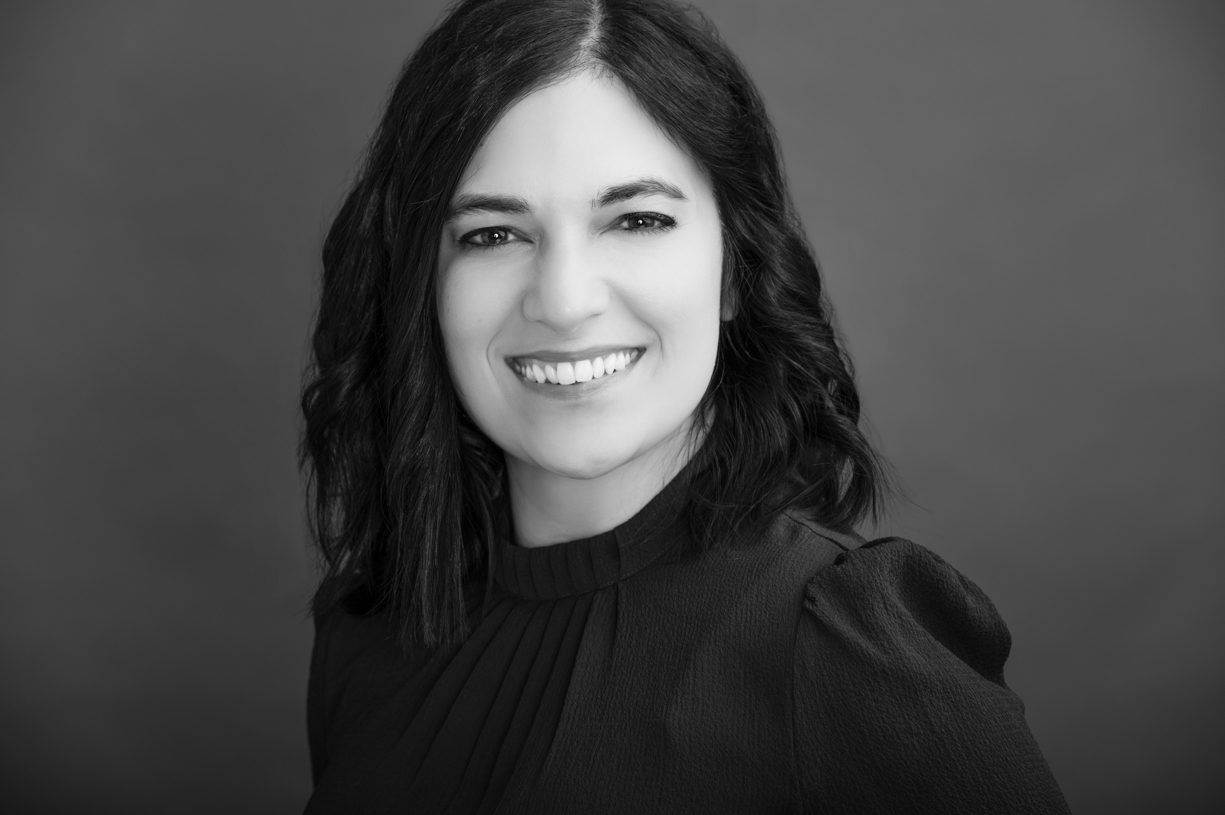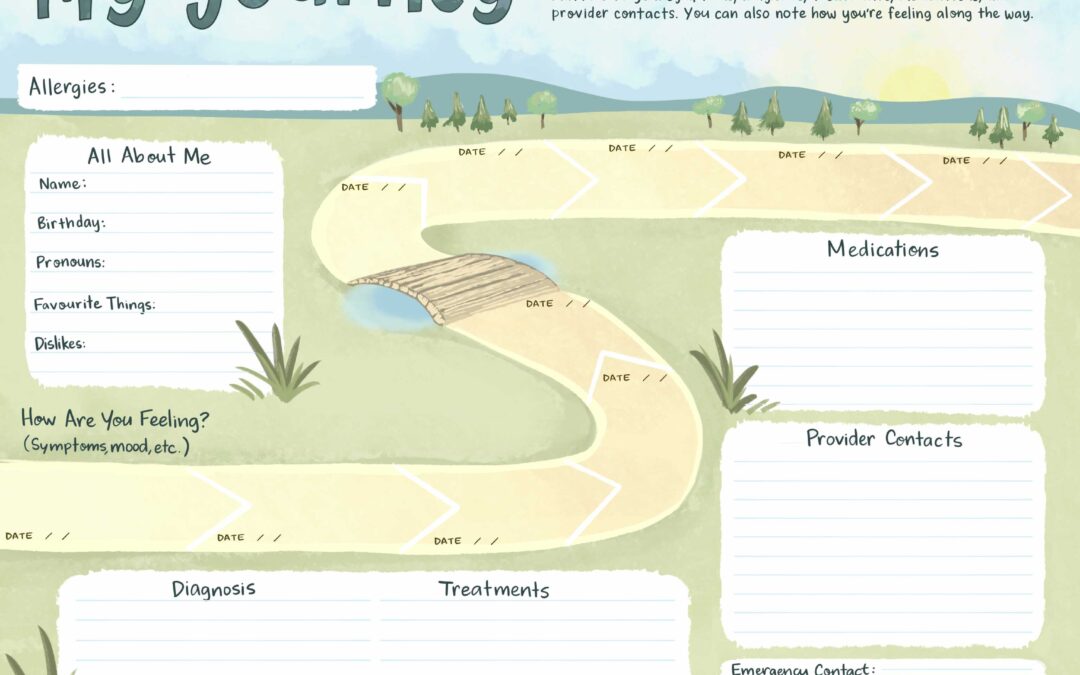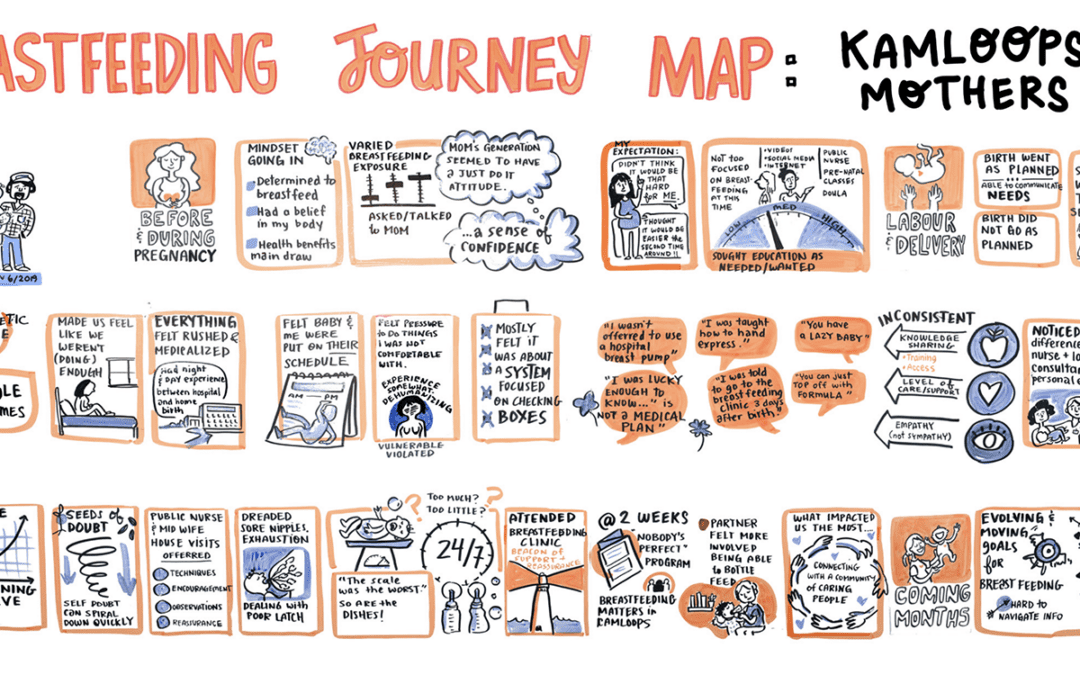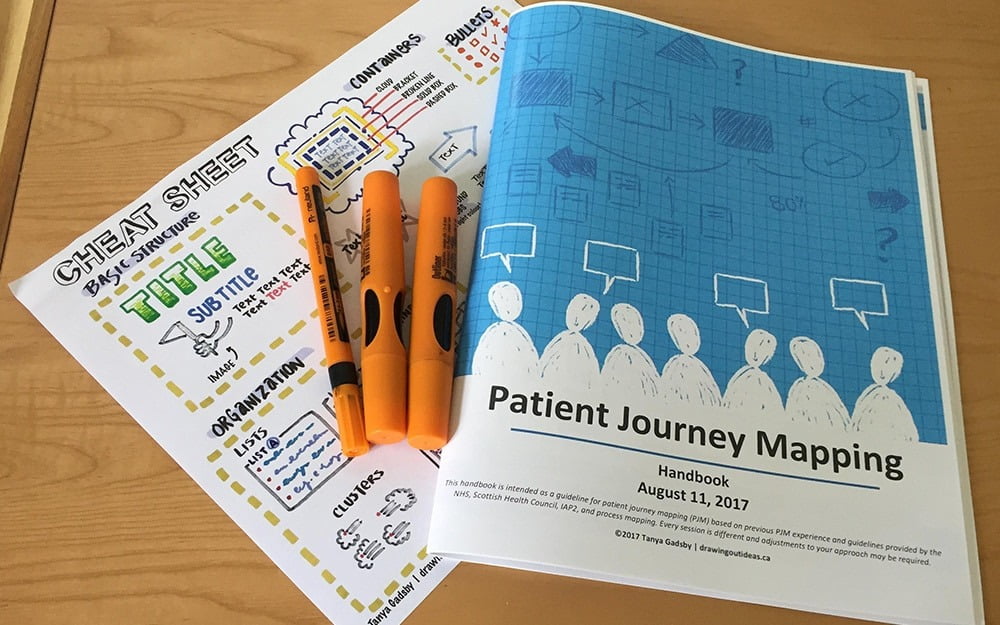There’s a common refrain in the design community that every designer hopes to never hear from their client: “can you make it pop?”
Why is this so deadly? It’s vague and imprecise; nor is it clear whether the critique is based on how it will impact the audience and their interpretation of the design.
But there’s a bigger problem lurking behind those five words: Can you make it pop? And it comes down to how the client and designer are collaborating.
I’ve worked with numerous clients over the years from a variety of organizations and I’ve realized there are two approaches to working with a visual designer, whether it’s producing an animated video, an infographic, logo design, or even graphic recording. Sean McCabe, a fellow designer, put it in these terms:
1) Designer as technician
2) Designer as professional
Designer as Technician
This is the fastest way to kill good design and it follows a predictable pattern (using a logo-design scenario for simplicity’s sake):
1) Client provides designer with a project brief for a logo redesign.
2) Designer spends hours, maybe days, conceiving different designs, tossing out bad ideas, and re-thinking the logo from different perspectives. All with a focus on the client’s target audience and goals.
3) Designer presents a selection of two or three logos to the client.
4) Client chooses a logo but doesn’t like how the letter M in the logo reminds him of mountain tops. He was in a skiing accident once and mountains of any kind are a bad omen.
5) Designer changes the font so the M becomes an m.
6) Client wants the words in the logo re-positioned slightly to the left because Sally from accounting thinks it’s better off-centre.
… wash, rinse, repeat.
The designer has become someone who owns design software and knows how to push the mouse around – a technician. The client’s subjective edits are based on personal taste and not from the perspective of the target audience.
The designer has become someone who owns design software and knows how to push the mouse around – a technician.
Designer as Professional
I wouldn’t hire an electrician to wire my house and then critique how he or she wired my walls based on my very limited (non-existent) knowledge of electrical work.
Likewise, visual designers bring a unique expertise to their craft – whether it’s designs for web, graphics, or video. A professional designer understands core principles of colour use, information layout, audience interpretation, and engaging design. They live and breathe their work – keeping up to date on design principles, best practices, and constantly studying others’ work, whether it’s a designer from the 1950s or the latest intriguing designer on Instagram.
The client brings their own expertise; they know their audience, their product, their organization. The client is the content expert.
It’s imperative the client and designer respect each other’s expertise.
So, agreeing upfront to work as partners with clear roles, our scenario would play out much differently:
1) Client provides designer with scope of work for logo redesign with clear description of their target audience and goals.
2) Designer spends hours, maybe days, conceiving logos and presents one or two logos to the client along with explanations for design choices made.
3) Client selects logo after carefully considering the design choices behind each one and how this might impact their target audience.
4) Designer makes revisions to the logo based on client input on how it will affect the audience and whether it accurately represents what the company does.
The final logo is unique, immediately recognizable, and conveys the true essence of the company.
It’s a Partnership
Good design is born from a partnership of expertise. Of course there is a time and place for subjective-based edits, but it’s imperative the client and designer respect each other’s expertise.
It’s an approach I insist upon with each of my clients, whether I’m graphic recording, producing an animation, or designing an infographic. Because I want my clients to come away with products that grab their audience and continue to have value for years to come… and that’s the fastest way to grow good design.
